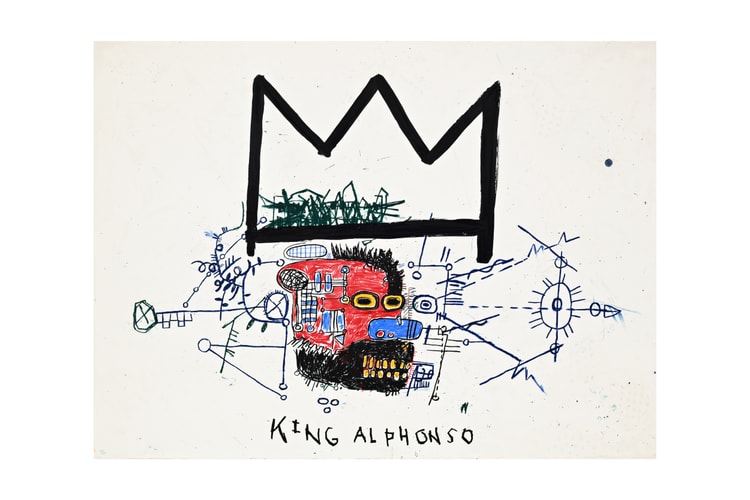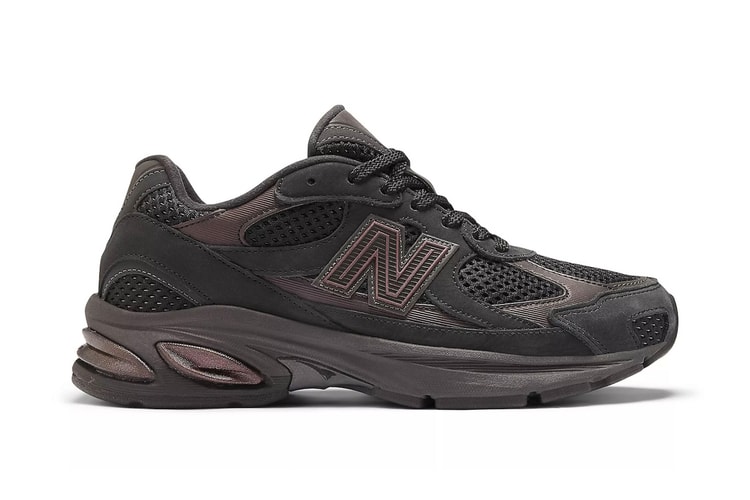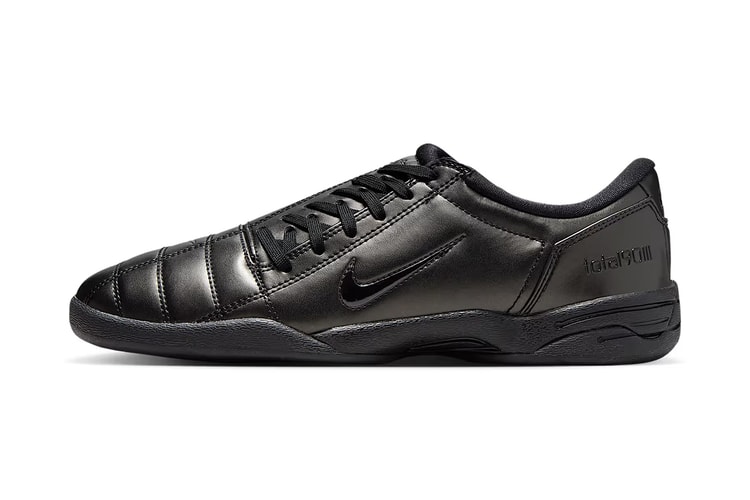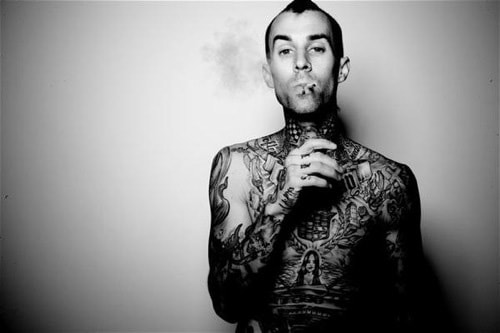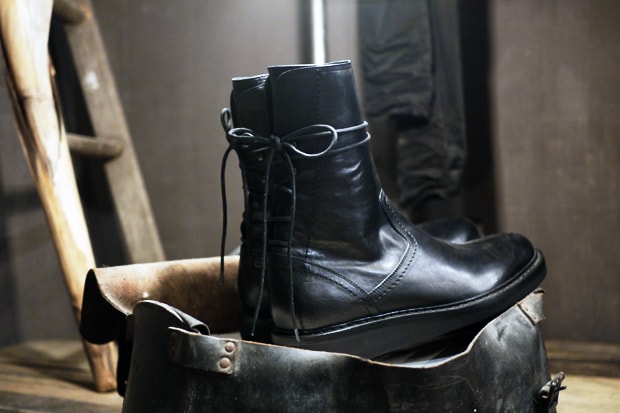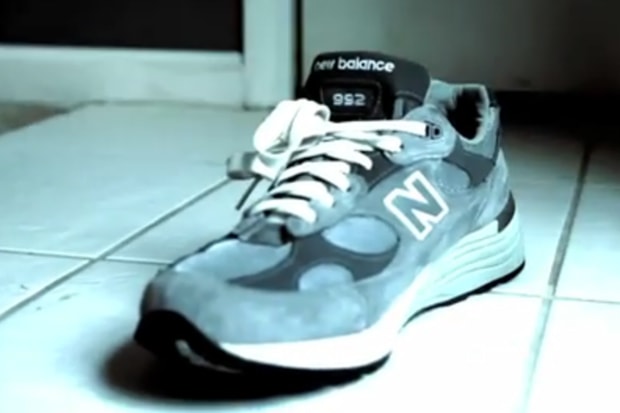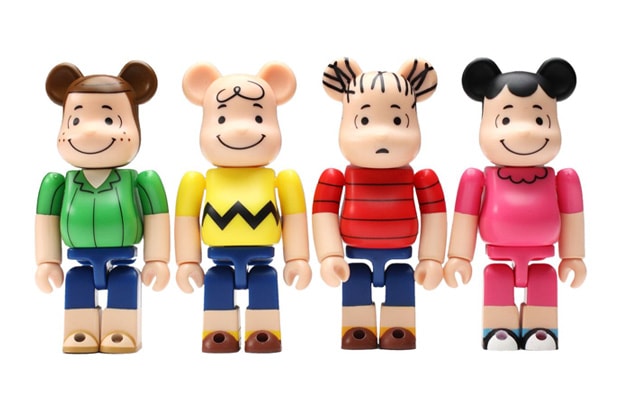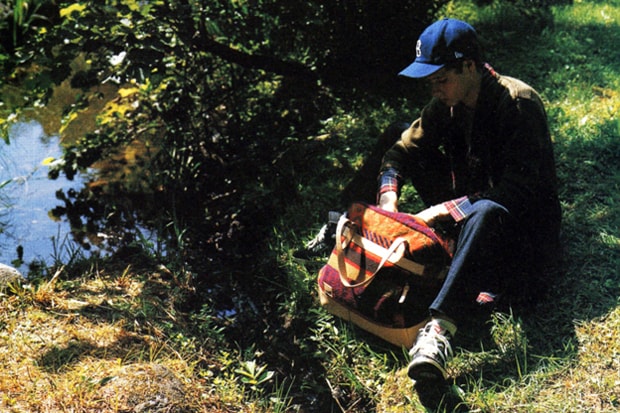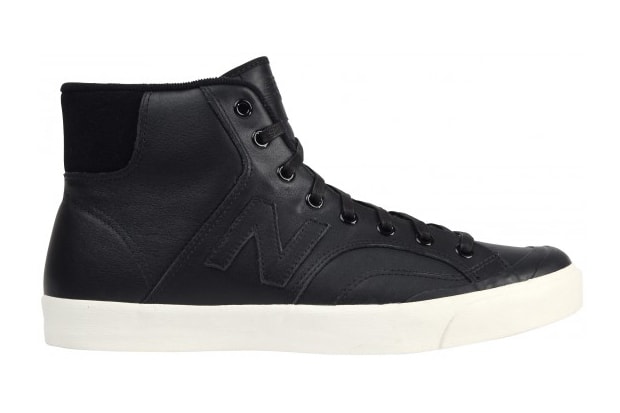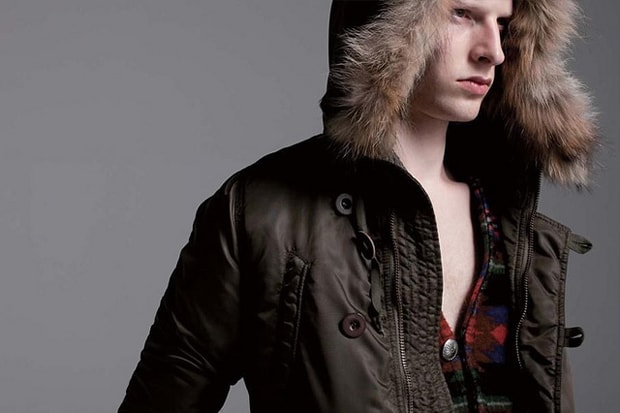Black Lodges: Street Culture in 2010
Black Lodges offers up its take on the current landscape of the streetwear culture. A honest

Black Lodges offers up its take on the current landscape of the streetwear culture. A honest interpretation of what’s developed throughout the past year, the article speaks of the many faults committed within streetwear and how its once promising future has taken a severe hit. Although some people sympathize with this assessment, there are others who obviously take a different approach. You can be the judge. A good portion of the article is offered below.
The first point we talked about is how street wear has not only killed itself off, but additionally failed at becoming the “next big thing” as well as the fact that the corporate re-interpretation of streetwear has not been the big money maker it initially promised itself to be a. Looking back on it, 2002/2003 really saw the emergence of modern streetwear as we know it today. Let’s, for once, forget about the few brands and stores that paved the way in the 80s and 90s because quite frankly, their models, lessons and aesthetics are actually irrelevant to this movement. I can’t be bothered to write down an all inclusive list of brands from that time period but I am sure we all know what and whom I am talking about here.
Initially, it all looked as if the streetwear movement from that time was going to be big, and I not only mean big as a globally influential youth culture movement with it’s own set of moral, cultural and ethical standards but also big in terms of money. Big enough that in 10-20 years time, those people behind the successful companies could retire in the same style as a certain Mr. Stussy did back in the late 90s. I have written about this before, but to paraphrase it, what made any previous youth cultural movement, including clothing, globally successful and relevant were certain amount of interlocking facts. These are: a moral code not to fuck your friends, i.e blood is thicker than water, i.e. not ethically and morally selling out. Secondly, and this was key to the success of previous youth cultural movements commercially, keeping your distribution really tight. That means, supporting the right independent stores, not going into the mainstream retailers, and only making your product available in select outlets. Previous to 2003, this wasn’t a sales strategy but a fact of life that only a select number of people would actually want your niche product and only a select number of retailers and would and could actually sell your gear.
Now, before 2003 it was generally accepted that if you did make anything relevant to a niche, regardless of music, art, clothing etc, chances were you weren’t going to be millionaire. That was fine, that’s the price you paid for being able to do your thing. Freedom reigned supreme over being rich.
For the first couple of years, I would dare say up until 2007 streetwear looked really promising as it’s participants were generally following said guidelines. Distribution was kept tight, and the global community respected & supported each other, creatively and commercially. Then this financial crisis came. Now, in the previous incarnation of this blog a lot of our community members talked at great length about this and I am not going to get into detail about all that now, but rest assured, I think the mental crisis that accompanied the real life financial crisis that hit us all, went into a total different direction than anticipated by us all. The end result and where we are now is, that all principals that made this movement promising went out the window in the last 3 years and have destroyed the foundation of it, and thus, relegated all chances of this movement to be truly successful.
Looking at what Marc said, as a buyer who firmly believed in streetwear and was willing to support it with large amounts of money and integrity, he has all but given up on it, not only on the independent creative results but also on the corporate interpretations of it. Mostly, because independents have sold out, morally, ethically and most importantly, distribution wise. In his words and I agree with them, the streetwear community falsely started believing it’s own hype that it was a global, both terms of it’s definition and in monetary terms, movement. It wasn’t and now it never will be. Greed got the better of all of us and before you knew it, everyone was selling previously hard to get gear and that took the appeal from it. Furthermore, the ethical standards prerequisite to previous movements such as hardcore, straight edge and to a certain degree grunge were totally ignored, not only by us, but also by those corporates trying to emulate and cash in on the movement. What I mean is that community gave up on itself and that all intellectual and genuine integrity was sold off to the highest bidder.
In retail reality this meant that both the indies and the majors started selling to everyone as the fear of losing money and facing the reality that we are a niche group, started threatening our imaginary empires. This resulted in a lot of genuine first time supporters in retail going broke, as well as a lot of the genuine large retailers loosing faith in the scene. We all lost in the end.
We lost creativity because we sold out. We lost the community because we were greedy. We lost our claim to be influential by selling to everyone in the hope of making a quick buck.
The rest of the piece can be read here.







